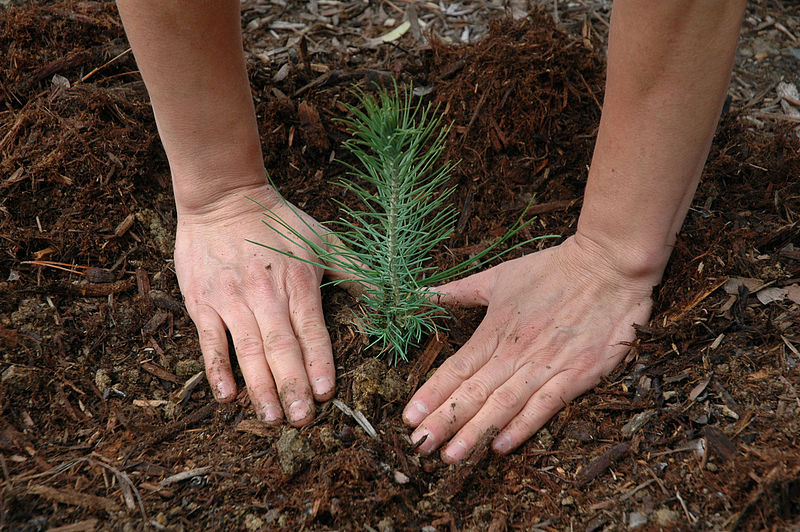How to Plant a Tree in the Desert
Author: Russell Shorto | Published: July 11, 2017
President Trump’s decision to pull the United States out of the Paris climate accord was perplexing to Europeans for many reasons, not least of which was their determination that climate change represents a for-profit opportunity. In particular, the Dutch, who more or less invented water management in Europe, a millennium or so ago, have developed a specialty in climate-change-related innovation.
Four years ago, Jurriaan Ruys was a partner at McKinsey, focussing on global sustainability issues. The Dutchman had been an environmentalist since the age of eight, when he went door to door handing out stickers to save the sea turtles, but he became frustrated by the abstract nature of his work—flying around the world, advising governments on long-term climate strategy. Eventually, he up and quit. Ruys had trained as an engineer, and he was convinced that the current moment, thanks in part to instantaneous communication, was one in which grassroots solutions to yawning environmental problems could yield results. He decided to focus on desertification, which is both a symptom and an intensifier of climate change. It’s also one of the most multilayered problems on Earth, the results of which lead to human misery, political strife, and war. For the next year, Ruys hunkered down in a storage space, tinkering furiously, making frequent trips to the local hardware store.
The result of this freelance engineering is a low-tech invention that is succeeding beyond Ruys’s expectations. Three years after he emerged with his prototype, his invention has been adopted in Mexico, Cameroon, Malawi, Peru, Chile, Spain, Italy, Greece, Israel, China, Dubai, and the U.S. The company he formed, Land Life, with Eduard Zanen, an entrepreneur, has twenty employees who are working with the U.N., the World Wildlife Fund, the Los Angeles Department of Water and Power, the U.S. National Park Service, and in remote villages and refugee camps. José Luis Rubio, the vice chair of the European Soil Bureau Network, called Ruys’s invention “remarkable” in its results and told me that it represents “an innovative method” to restoring vegetation to barren landscapes.
So what did Ruys invent? One way to restore degraded soil is to plant trees—lots of them. The catch is that seeds and saplings won’t grow in such soil, but if a young tree becomes large enough that its roots can reach groundwater it stands an excellent chance of thriving. Previous efforts often followed two paths: cumbersome and impractical irrigation techniques, or tossing a few million seeds out of an airplane and hoping for the best. Ruys’s innovation was to develop a doughnut-shaped waxed-paper cocoon, the base of which is buried underground. It contains the sapling, enough water to sustain the tree while it establishes a root system, and a small lozenge of beneficial fungi. The cocoon is cheap, easy to plant, scalable—a community can plant hundreds of acres of them in a short time—and biodegradable. Rubio told me that in the desert regions of Spain where his organization is working, other efforts have resulted in a success rate of ten to twenty per cent; “the cocoon,” he said, “is providing around ninety-five per cent survival rate of trees.”

